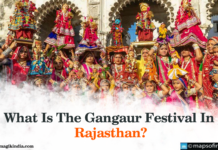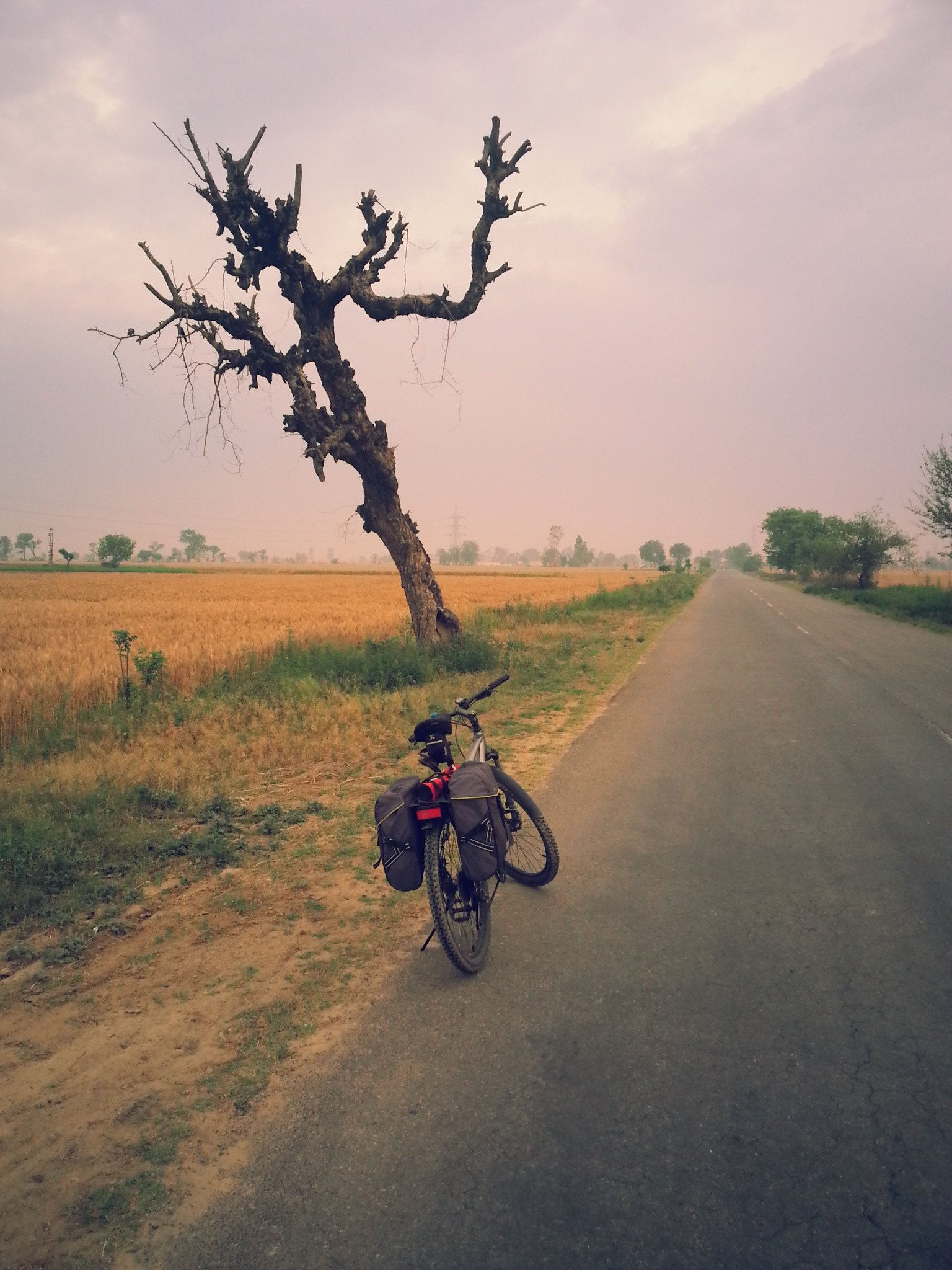Ajaib Ghar (Museum of Rural life of Punjab) at Punjab Agricultural University (PAU), Ludhiana is worth visiting if you love the rural culture and heritage of Punjab. The museum takes you back to the 18th and 19th century. Ajaib Ghar is a perfect place to understand the cultural, religious, social life of rural and ancient Punjab. Though it is not too big, but the serenity of the entire place and its surrounding area is very compelling. Moreover, this place is close to my heart as it is the place where I have spent my childhood. Huge crowds can be seen only during Kisan Mela (in March and November), but otherwise you will probably be alone enjoying the museum and its preserved artefacts.
The museum had been inspired by an open air museum in Copenhagen, Denmark which was visited by the Vice Chancellor of PAU, Dr M S Randhawa. Ajaib Ghar located in the college of Home Science at PAU, is a two storey building with a collection of ancient objects, local art and craft.The façade of the building is red and reminds you of a ‘havelli’ in traditional Punjab, its entrance door is big and sturdy.
Upon entering, you come to a room with old bronze utensils and farming equipment that were being used for farming and storing grains especially in the 18th century. One door of this room opens in a big varandha (just like lobby) at the centre of the building with a traditional kitchen in one corner and a well to fetch water on the other side. All the rooms on first floor open to this varandha. The kitchen has a statute of a lady sitting and coking something on a chullah (traditional stove). Close to the well are various devices which were used to lift water from the well. Then there are many rare things that can be seen in the museum, such as a locking arrangement to store oil and a very big pitcher like container that is made by using six layers of camel skin. Traditional household chores are also shown through a female mannequin who is working on a chakki (manually operated machine for grinding grains). Punjabi folk music is inseparable and this is depicted with the display of traditional instruments such as sarangi, tumba, vanjhili and nagara. You can have a glimpse of traditional cots and bedroom styles, decorative lamps and vanity boxes.
I especially like the second floor. This floor though not big but very colorful. It has 6-7 female statues very busy doing embroidery and making Phulkari (traditional thread work Punjab is famous for) . Before modernization and development of cities, women would gather at one place in a village after completing their daily chores. They used to sing folk songs and do all sort of such things that they were not able to do because of their busy day. Phulkari, like folk songs, bhangra and giddha are associated with Punjab and depicts its true culture.
The timing to visit museum is from 9 am to 5 pm with a very small entrance fee of less than Rs 10. The Ajaib Ghar is truly a wonderful way to experience rural and traditional Punjab.
!@#$%




